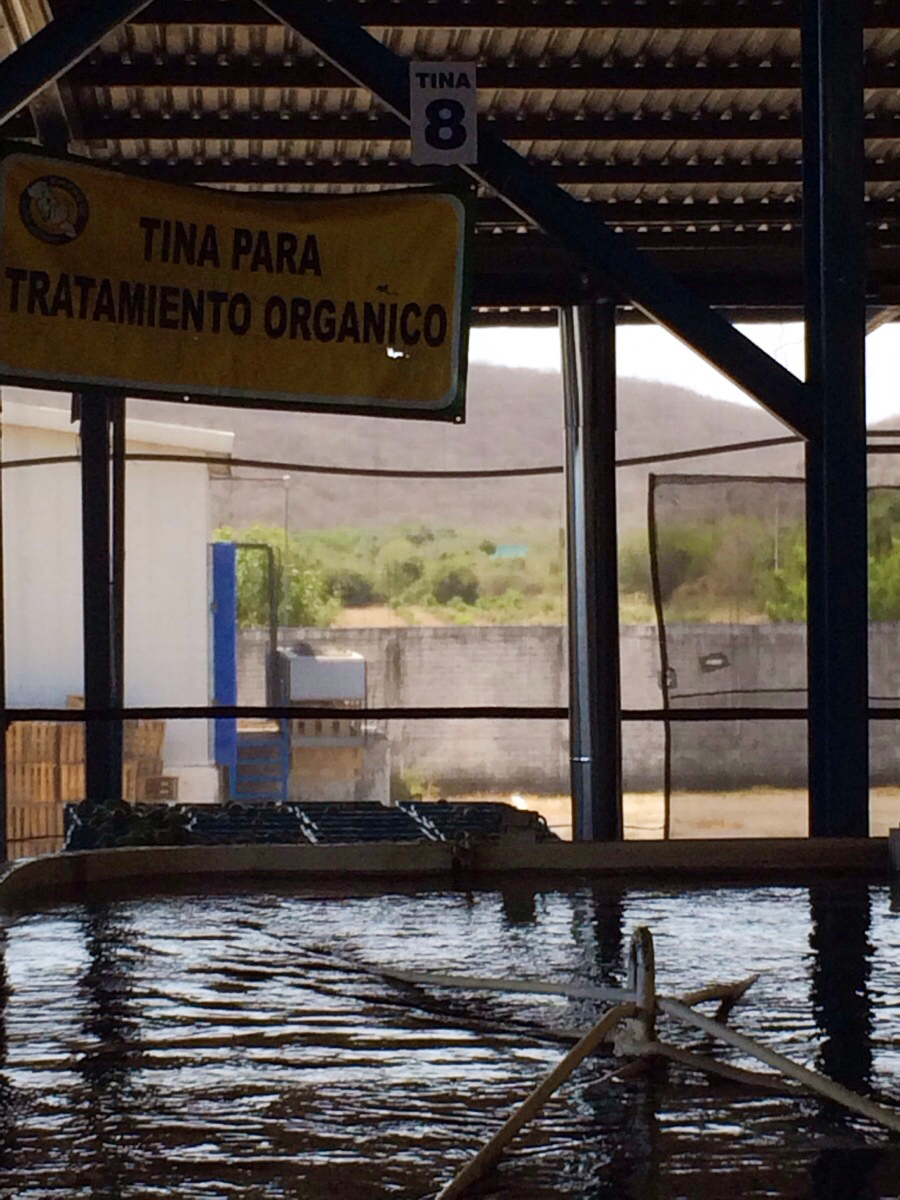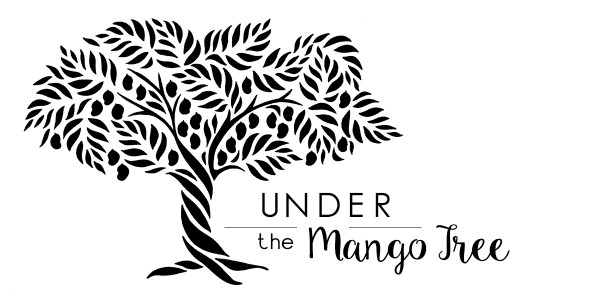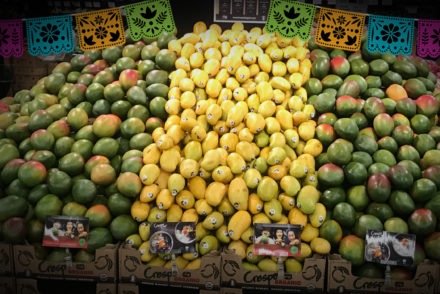
Secrets & Lies From The Mango Pack House
As consumers we don’t always get a feel for the realities beyond the display: the difficulties, challenges, and shocking amount of really hard work that goes into everything from pre-production to shipping across borders. There’s a lot of stuff no one ever talks about but is part of the process, things which I call “Secrets & Lies.” I’m not a fan of hiding the realities of food production and distribution, nor do I think the public should be out of the loop on the very strict and demanding practices that come with importing food. I’m also an ardent believer that the quickest way to the “utopia” we all dream about is through good old fashioned honesty and information-sharing.
It’s time to delve into one of most unknown facts about imported mangoes: The Hot Water Bath. Around 98% of all mangoes consumed in the USA are imported (in Canada this number is at 100%). The US government requires all mangoes entering the USA to be “treated”. These treatments typically vary by commodity and are phytosanitary measures mandated by the USDA. In the case of imported organic mangoes, a USDA Hot Water Immersion, or Hydrothermal Treatment, is required; irradiation treatment is another option, but it is not allowed on organics. More and more Mexican conventional growers have been dabbling in irradiation for mangoes, rather than using hot water baths. All Indian mangoes are mandated for radiation treatment prior to be imported into the USA, which is why we do not see organic Indian mangoes on the market. So, one absolute rule of thumb is “if it is organic, it will not be irradiated fruit.” The phytosanitary measures on mangoes, as is the case, are to ensure that there are no living fruit fly (or its larvae) on any mangoes imported into the country. These phytosanitary measures are supposed to protect our agriculture here in the USA.
Basically, the treatment works like this: huge USDA-approved hydrothermal tanks filled with water at temperatures between 115-120°F. The mangoes are hoisted in a large cage in plastic totes and placed inside the large vats (or baths) of this hot water. Depending on their size they are submerged for anywhere between 90-120 minutes. The process is supervised by APHIS (USDA) personnel or their representatives, using computerized systems that monitor and record the heat for the duration of the treatment. Once the timed treatment is over, the mangoes are removed and placed in an approved insect-free environment at ambient temperature for at least 60 minutes, before being moved into refrigeration for cooling. There are many industry experts that believe this part of the process is not appropriate. Instead of submerging them in cold water or putting them in a cooler to refrigerate rapidly, they sit and potentially risk more quality damage than the hot water bath alone can create. There are several people working on this protocol and trying to come up with alternatives, as it is common knowledge that this treatment does not support maintaining best conditions for optimal quality. Nevertheless, t it is the best option available at the moment.

Mangoes, by nature, tend to battle a lot of quality problems, and in wet or humid seasons, a lot of diseases; all of this can be exacerbated by this submersion in heat, which goes against the best post-harvest handling methods to ensure excellent quality. Basically, in any given year when nature might provide a problematic crop, dipping it in hot water can cause a lot of damage, most of which does not show up until 4-10 days after the submersion, in which case it is usually at the grocer level we would see these problems arise.
Growers can lose a lot of money solely because they had to dip their mangoes in hot water for 90 minutes. It’s a frustrating thing when you see it in action, and certainly there are things that growers as well as packers and processors can do to minimize these effects. Having packinghouses with lots of cold storage space is one, making sure that the mangoes get cold quickly after the dip is another. Healthy orchards, of course, also play a big part, but as prices continue to sink in the US markets over the years, the math is difficult and you can’t blame growers for not having everything they need to ensure the most perfect fruit.

I get asked a lot if mangoes taste differently after the hot water bath. Although there are a lot of people that believe so, personally I do not; with a good crop I can’t tell the difference between imported dipped and non-dipped (keeping in mind that a mango ripened on its tree tastes the best, which is rare for us to have in North America, unless you live in Florida or near the California Keitt crop.)
Where we find the biggest issue is not so much in flavor but quality of flesh and skin appearance. The hot water bath exacerbates a lot of the diseases that can occur during bad seasons. The 2016 season has really been one of the best we have seen in years, and, I think, even purists would not taste the difference; the firm and clean fruit we see in a good year like this can totally hold up to the hydrothermic treatments. Obviously it is not without a significant amount of research that the USDA conducts these tests and implements these treatment policies to protect our agriculture, but I do believe we need some more modern, natural approaches that fit into organics and move away from the irradiated treatments, which use gamma rays that modify pests’ DNA and make them sterile, which are becoming more and more common in conventional mangoes.







No Comments